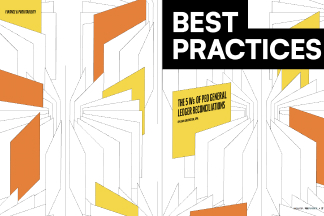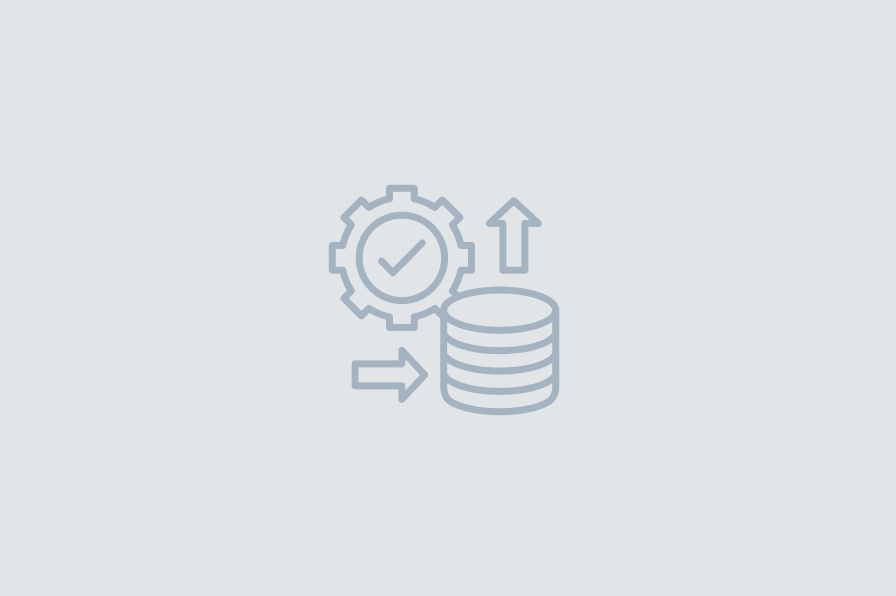What is a SOC examination?
A System and Organization Controls (SOC) examination, is an audit of the controls and processes implemented by a service organization to ensure the security, availability, processing integrity, confidentiality, and privacy of the data it processes. These examinations are conducted by independent third-party auditors and are based on standards developed by the American Institute of Certified Public Accountants (AICPA). The results of SOC examinations are provided in a SOC report, which includes an independent opinion report, management’s assertions, a description of the system, testing procedures and the results of the testing.
There are three main types of SOC Examinations, each of which has a different focus:
A SOC 1 examination provides independent assurance about the effectiveness of a service organization’s internal controls relevant to financial reporting. SOC 1 examination reports are typically required by organizations that outsource key business processes to service providers, where those processes impact the financial statements of the client organization. These service providers are often referred to as “service organizations.” Typical industries that obtain SOC 1 Examinations are:
• Payroll processing providers.
• Financial transaction processors.
• Third-party administrators (TPAs).
• Employee benefit plan administrators.
• Data centers and cloud service providers.
A SOC 2 examination assesses a service organization’s controls related to the security, availability, processing integrity, confidentiality, and privacy of information. SOC 2 examination reports are typically by those vendors that handle sensitive information.
Typical industries that obtain SOC 2 Examinations are:
• Software-as-a-Service (SaaS), cloud service, and other technology solution providers.
• Data centers and hosting providers.
• Healthcare organizations
• Payment processors
• Legal and other professional service firms.
Both SOC 1 and SOC 2 examinations may be either a Type I or Type II report. Type I reports on the suitability of design of controls and Type II reports cover the operational effectiveness of controls.
SOC 3 examination provides a summary report that is used to communicate the organization’s commitment to information security and privacy to a broader audience. This type of report is generally used for marketing purposes.
For the purposes of this article, we’ll primarily focus on SOC 1 and SOC 2, due to the highly summarized nature of the SOC 3.
So, now that we’ve covered what SOC examinations are, how can a PEO benefit from undergoing one?
The nature of services a PEO provides involve handling sensitive, personal employee data, and financial data. A SOC examination can benefit a PEO in many ways. A few examples of these benefits are:
Client Assurance:
SOC 1 and SOC 2 examinations provide assurance to clients that the PEO has implemented and maintains effective controls over these processes, ensuring the accuracy and reliability of financial information.
Trust and Credibility:
A SOC 1 examination demonstrates the PEO’s commitment to maintaining strong internal controls, giving them confidence in the security and integrity of the PEO’s services.
Competitive Advantage:
SOC 1 and SOC 2 reports serve as a demonstration of the organization’s commitment to security and reliability, providing a competitive edge over other PEOs.
Risk Mitigation:
SOC examinations are geared toward identifying and assessing potential risks in the PEO’s processes related to financial reporting (SOC 1), and information security practices (SOC 2). By undergoing a SOC 1 examination, the PEO can mitigate the chance of errors, fraud, deficiencies, material weaknesses in internal control, and other issues that could materially impact financial information (SOC 1), and can mitigate the likelihood of data breaches, unauthorized access, and other security incidents (SOC 2).
Compliance Assurance:
A PEO may have attractive prospects in regulated industries that may require assurance that their service providers are in compliance with industry standards. A SOC 1 report provides documented evidence of the PEO’s commitment to and compliance with established controls, and opens doors to opportunities closed to other PEOs without SOC 1 reports.
Compliance Adherence:
For certain industries, SOC 2 compliance aligns with industry best practices and regulatory requirements related to data protection. Meeting these standards can help the PEO avoid legal complications and demonstrate compliance with applicable industry regulations.
Operational Efficiency:
SOC 1 and SOC 2 examinations can reveal opportunities to enhance and optimize its internal controls and processes. This can lead to improved operational efficiency, reduction of soft costs associated with inefficiency, and a reduction the risk of errors.
Client Attraction:
SOC 1 and SOC 2 reports can be a persuasive factor for attracting new clients who prioritize security and reliability in their HR and financial processes.
Enhanced Internal Controls:
The SOC 1 examination serves as a mechanism for the PEO to proactively assess and enhance its internal controls, leading to a more secure and resilient operational environment.
Enhanced Data Security:
SOC 2 examination focuses on information security controls, helping the PEO strengthen its safeguards for sensitive data such as employee information, payroll data, and benefits details.
Enhanced Reputation:
SOC 2 certifications can enhance the reputation of a PEO within the industry. It signals to clients, partners, and stakeholders that the organization places a high priority on maintaining the confidentiality and integrity of sensitive data.
Global Market Access:
SOC 2 certification is globally recognized and can facilitate market access on an international scale. Many clients and partners, especially those in regulated industries, value the assurance provided by SOC 2 examinations.
See below to outline distinctions between SOC 1 and SOC 2 Examinations.
Criteria, SOC 1 Examination
- Purpose: Financial reporting controls.
- Focus: Internal controls over financial reporting.
- Report Types: Type I (suitability of design) and Type II (operational effectiveness).
- Trust Service Criteria: No, focuses on financial reporting controls.
- Audience Accessibility: Typically restricted, shared with specific stakeholders.
- Level of Detail: Detailed report on controls.
- Regulatory Compliance: Addresses financial reporting controls.
- Common Users: Clients, management, external auditors.
- Global Recognition: Recognized but may be industry-specific.
Criteria, SOC 2 Examination
- Purpose: Information security controls.
- Focus: Information security controls and practices.
- Report Types: Type I (suitability of design) and Type II (operational effectiveness).
- Trust Service Criteria: Yes, includes security, availability, processing integrity, confidentiality, and privacy.
- Audience Accessibility: Typically restricted, shared with clients and partners.
- Level of Detail: Detailed report on controls.
- Regulatory Compliance: Primarily addresses information security controls.
- Common Users: Clients, business partners, stakeholders.
- Global Recognition: Globally recognized for information security.
Currently there are no regulatory requirements for a PEO to have a SOC Examination. Obtaining a SOC certification is optional. While this is an optional certification, individual PEOs could experience significant benefits as previously described. The PEO industry, as a whole, would benefit by the quality, credibility, and further legitimization.
-
SHARE
- Copy to clipboard




